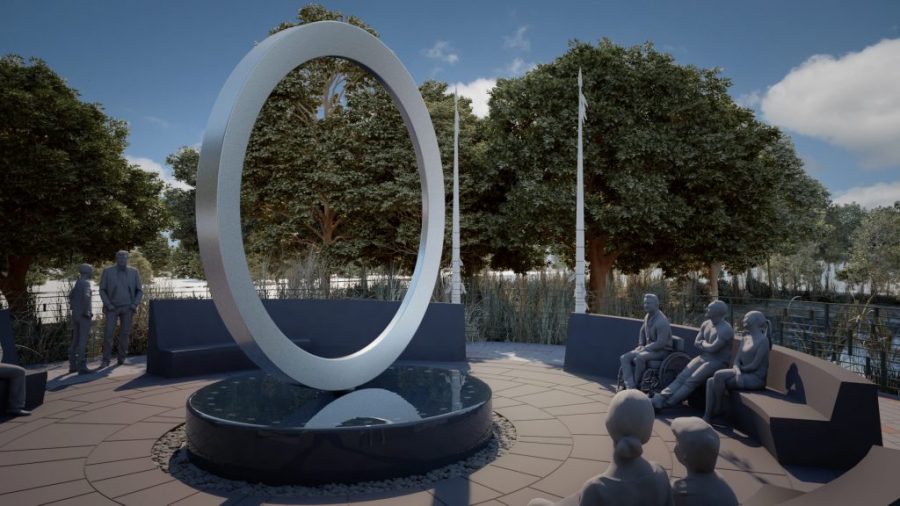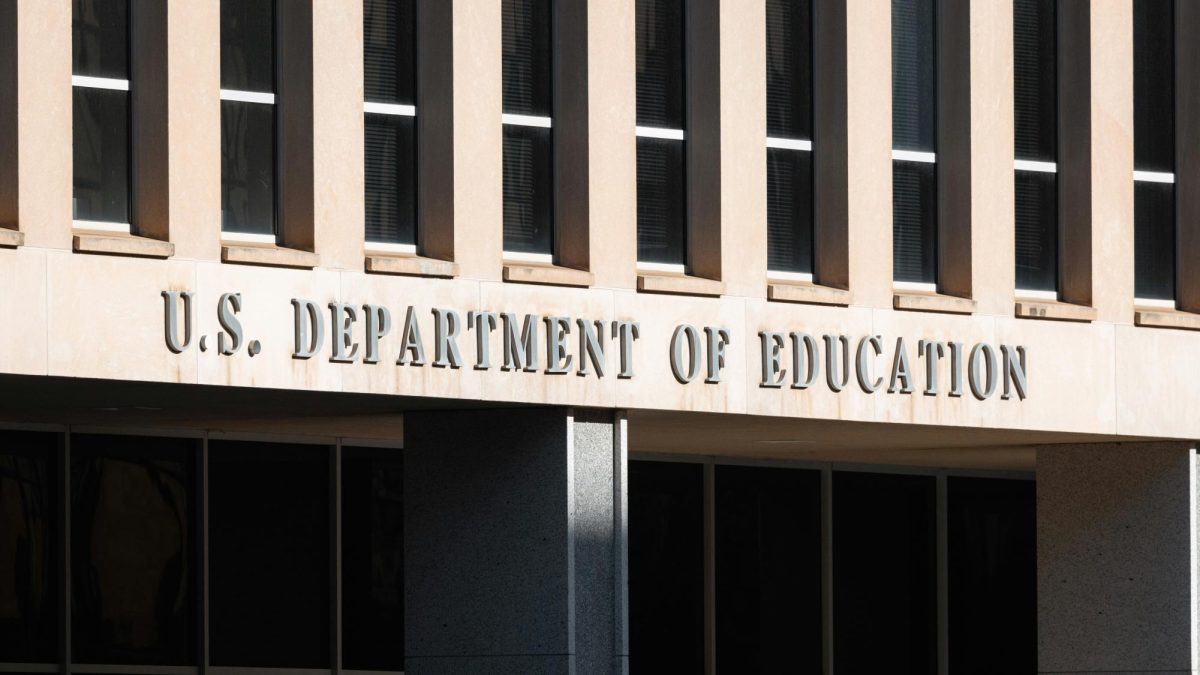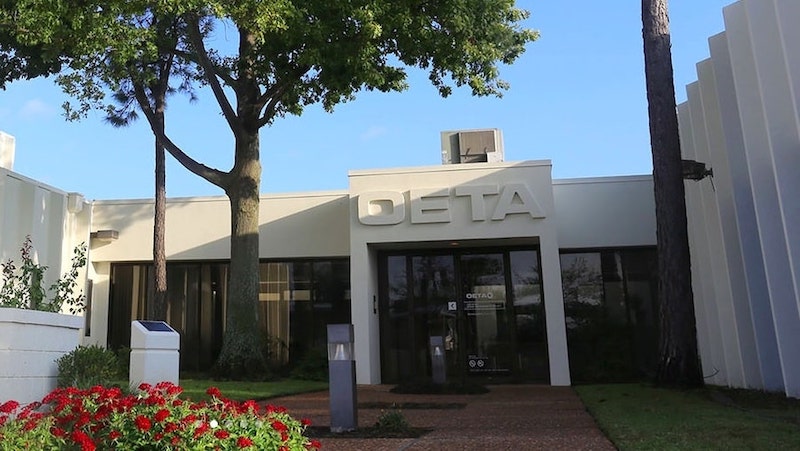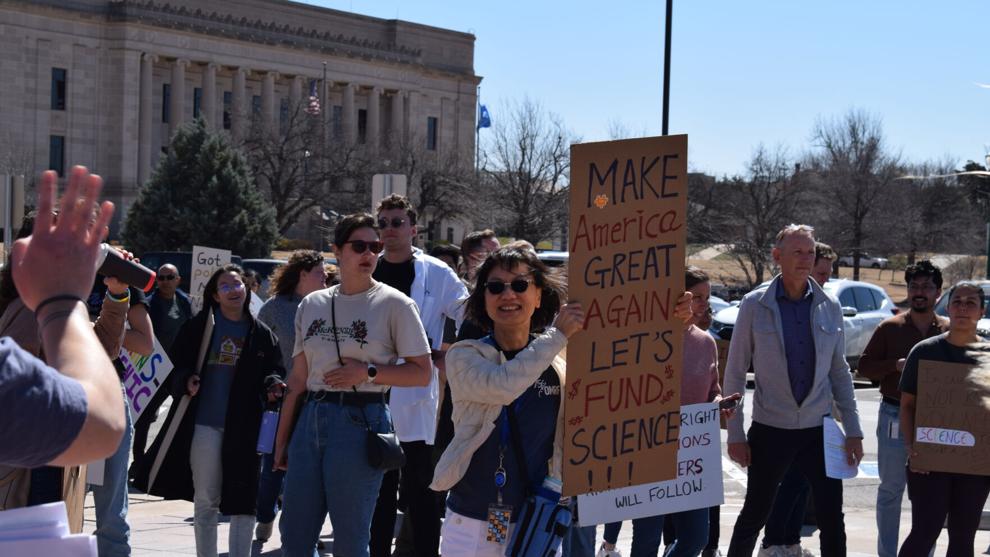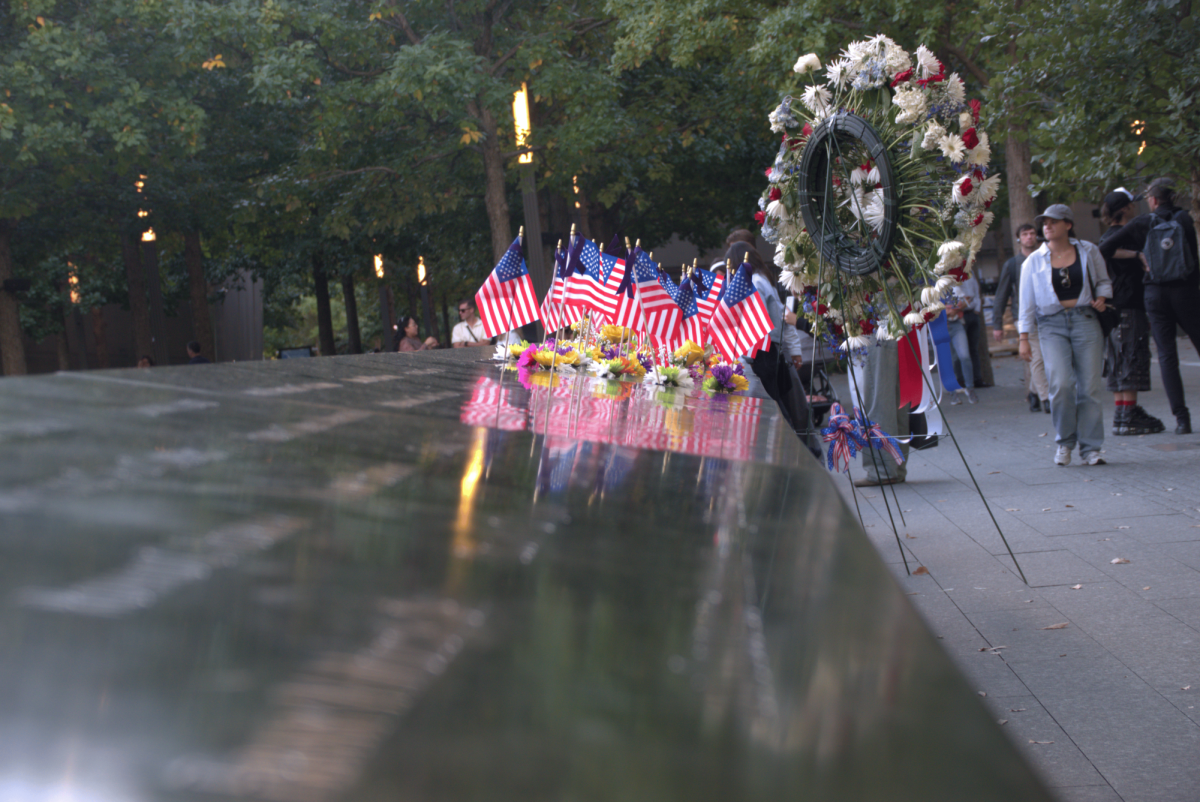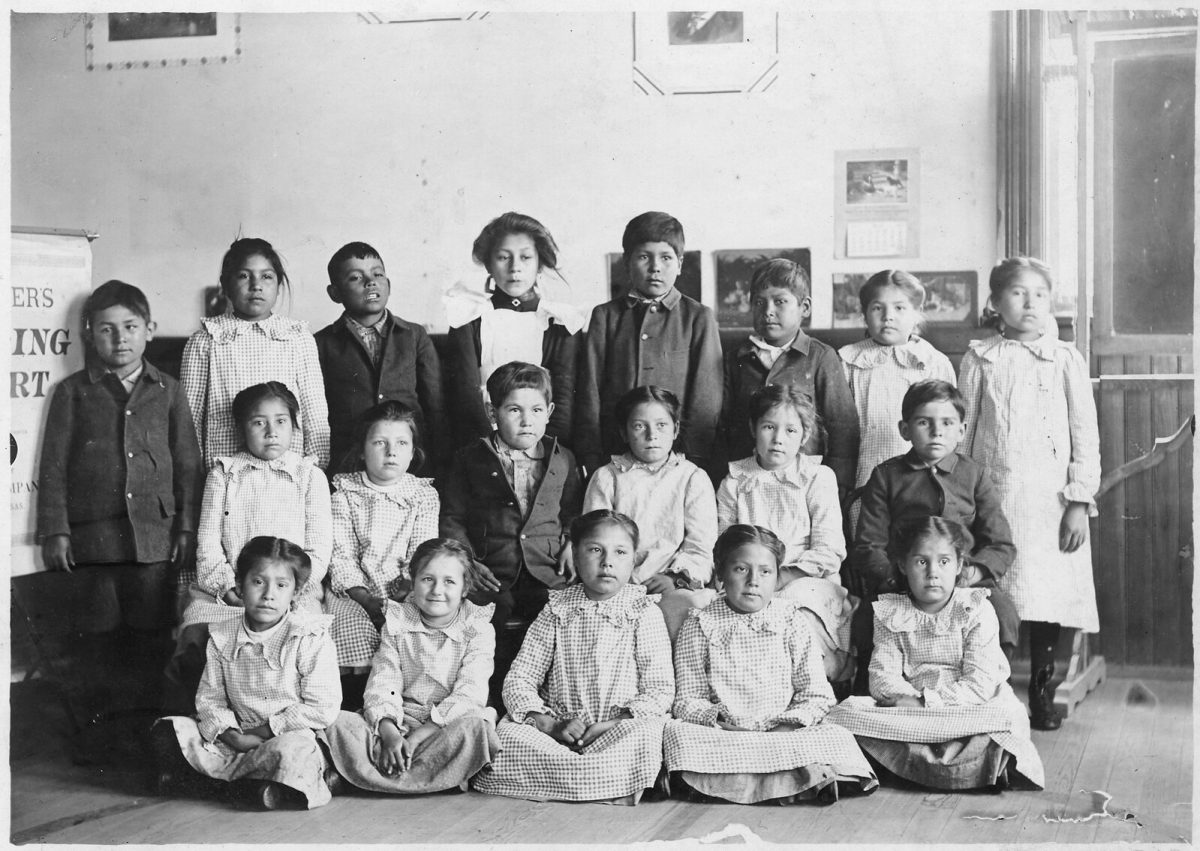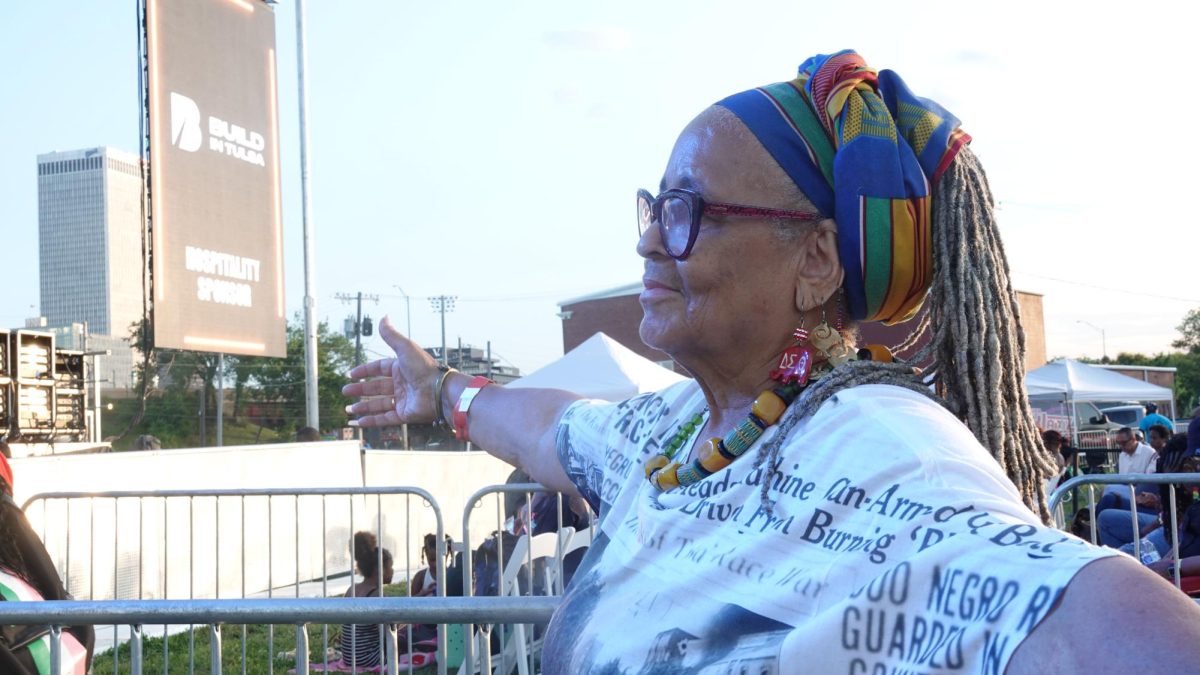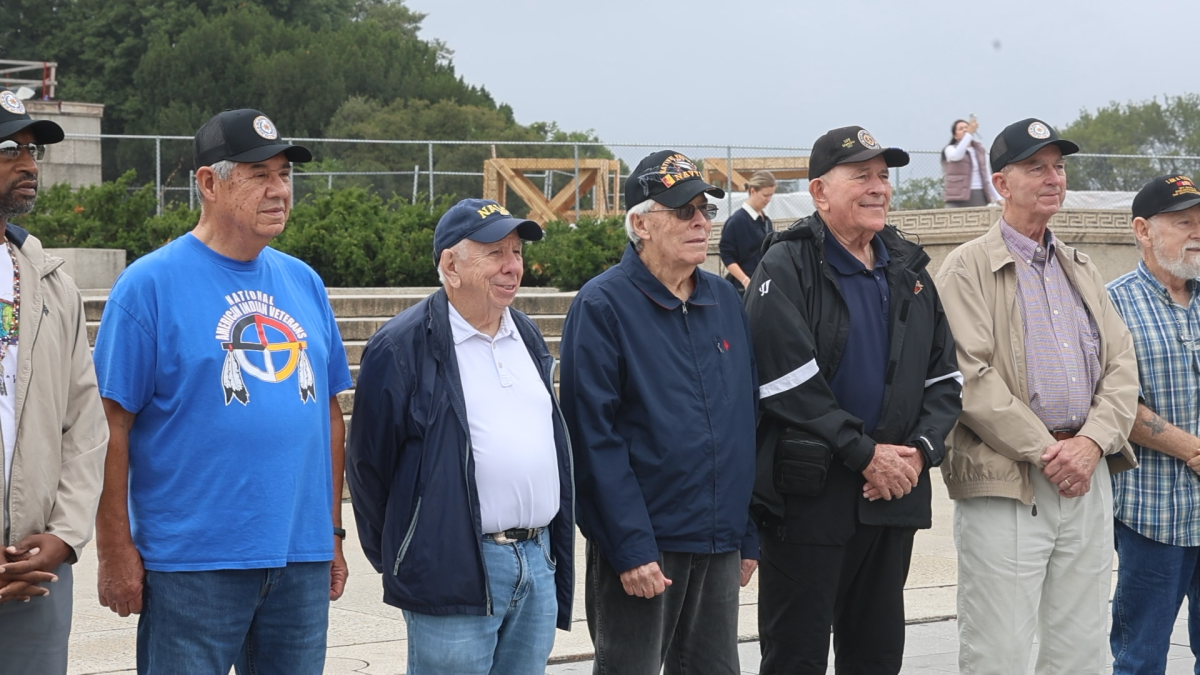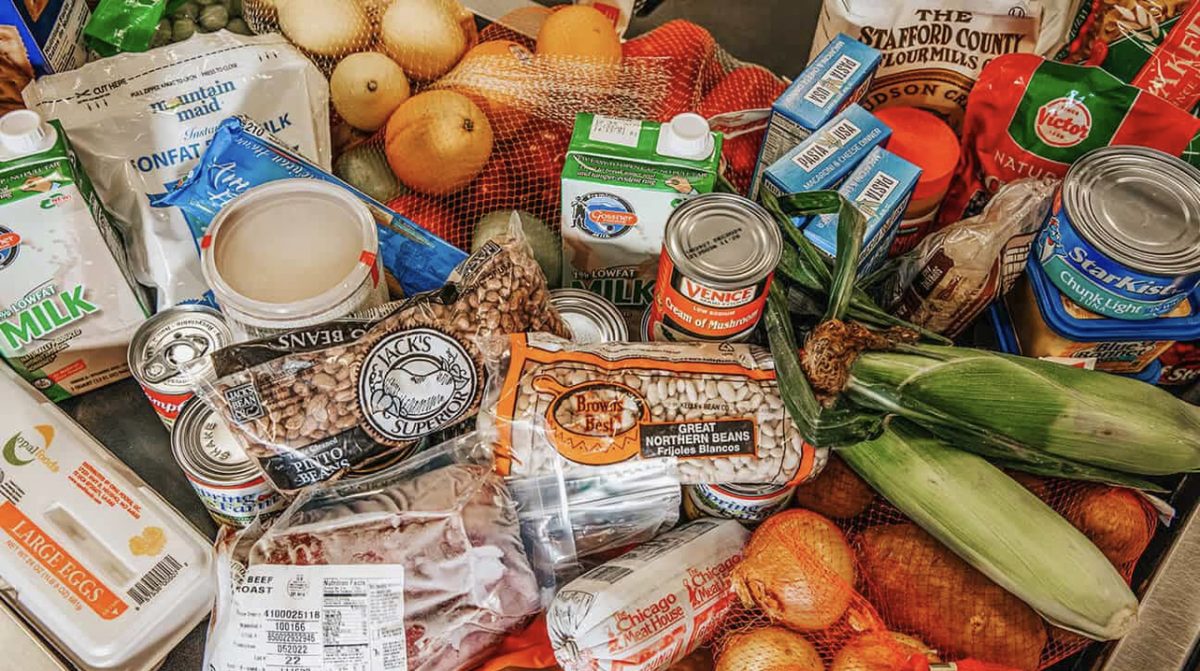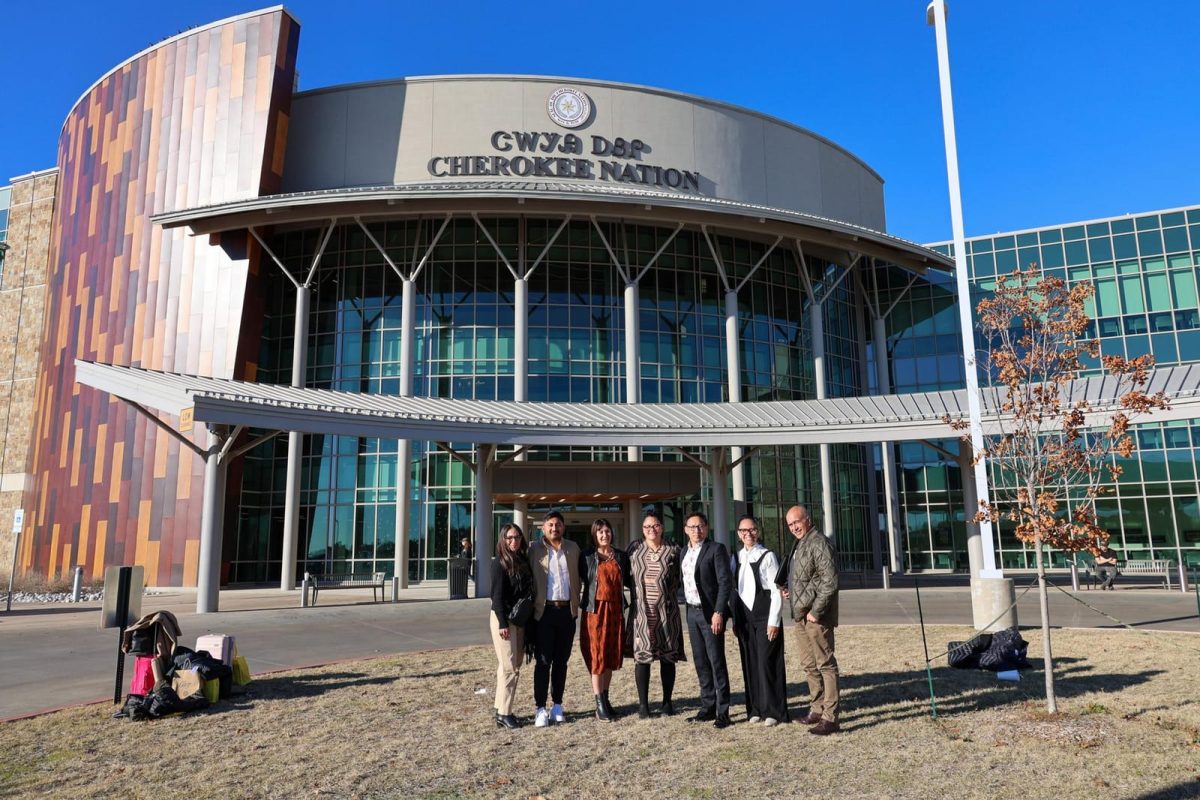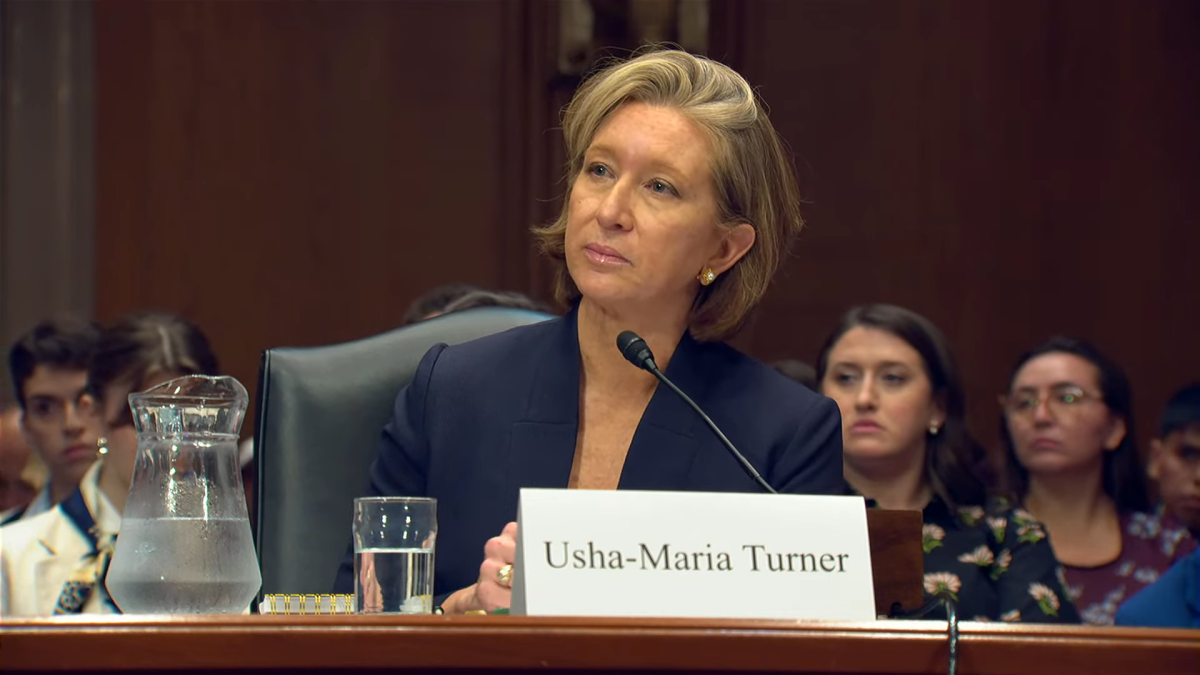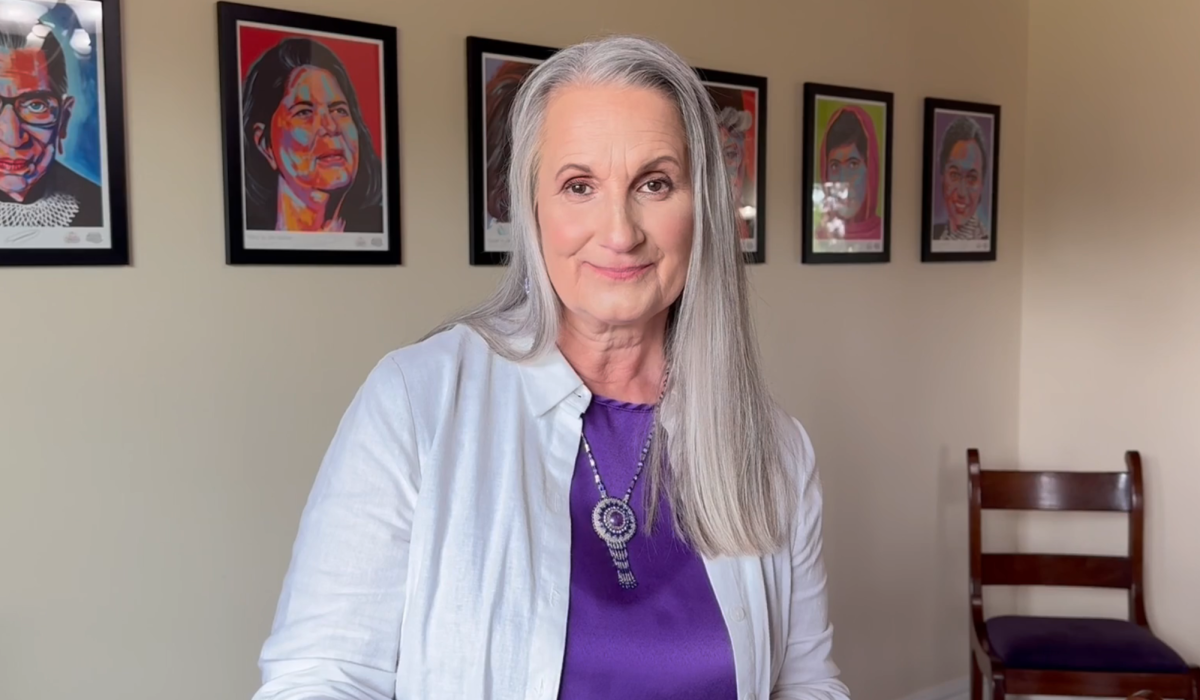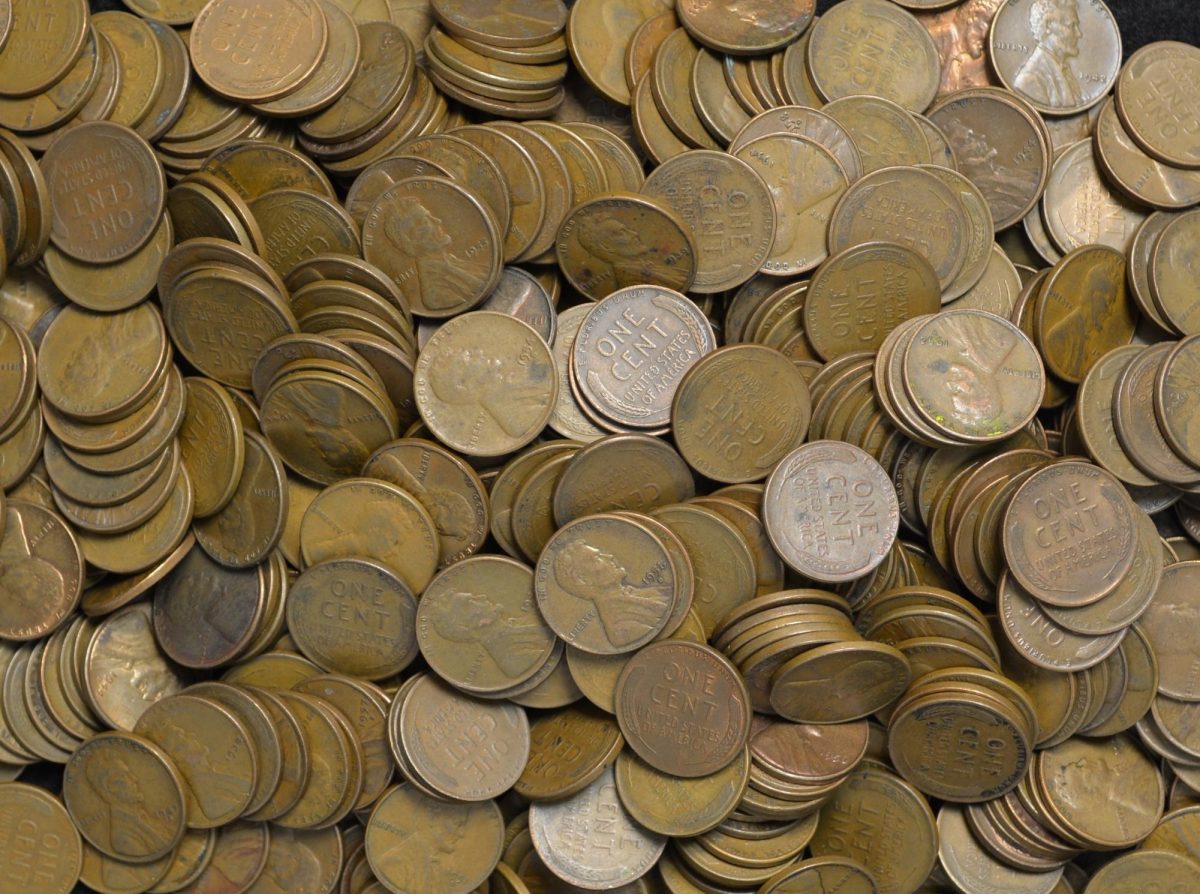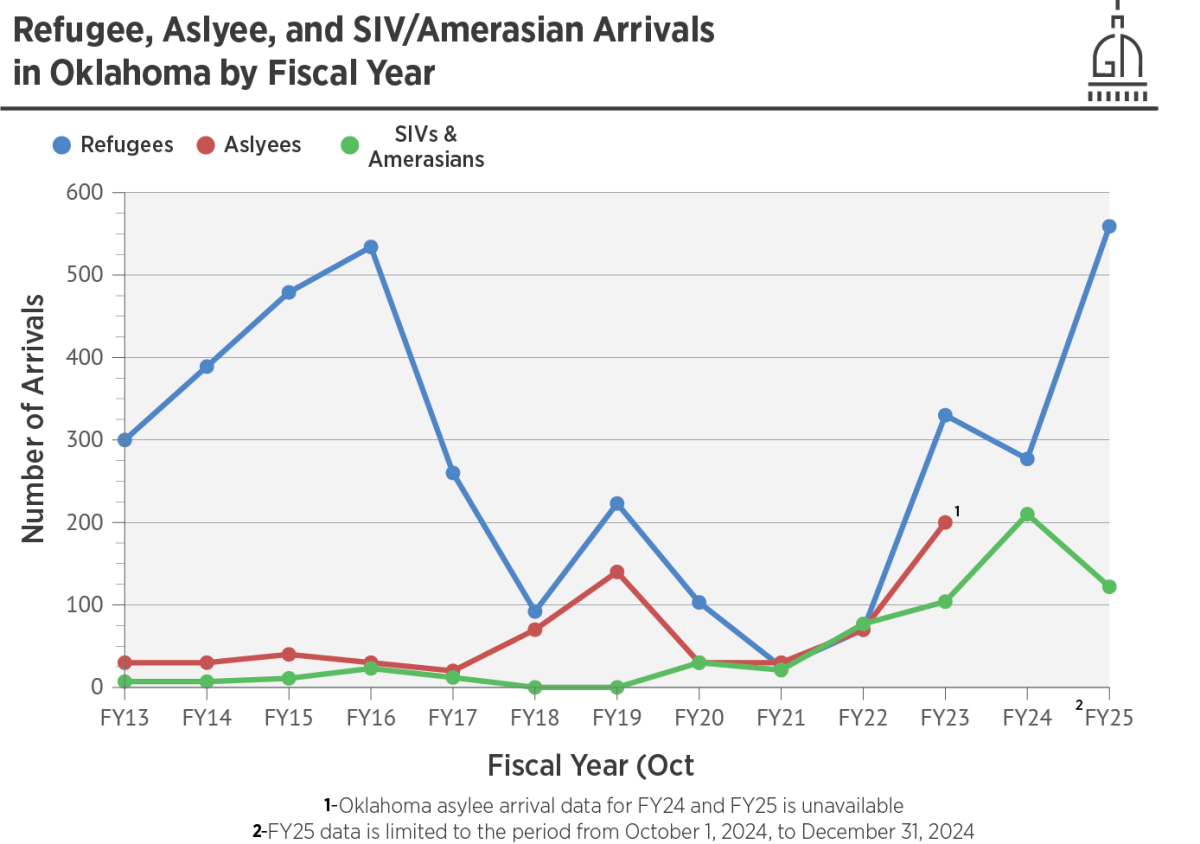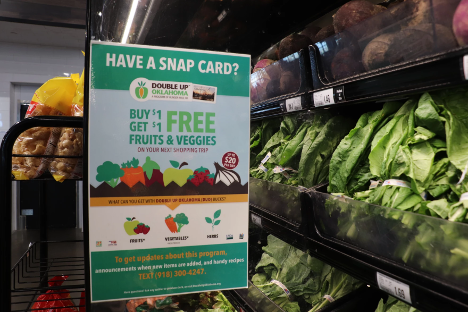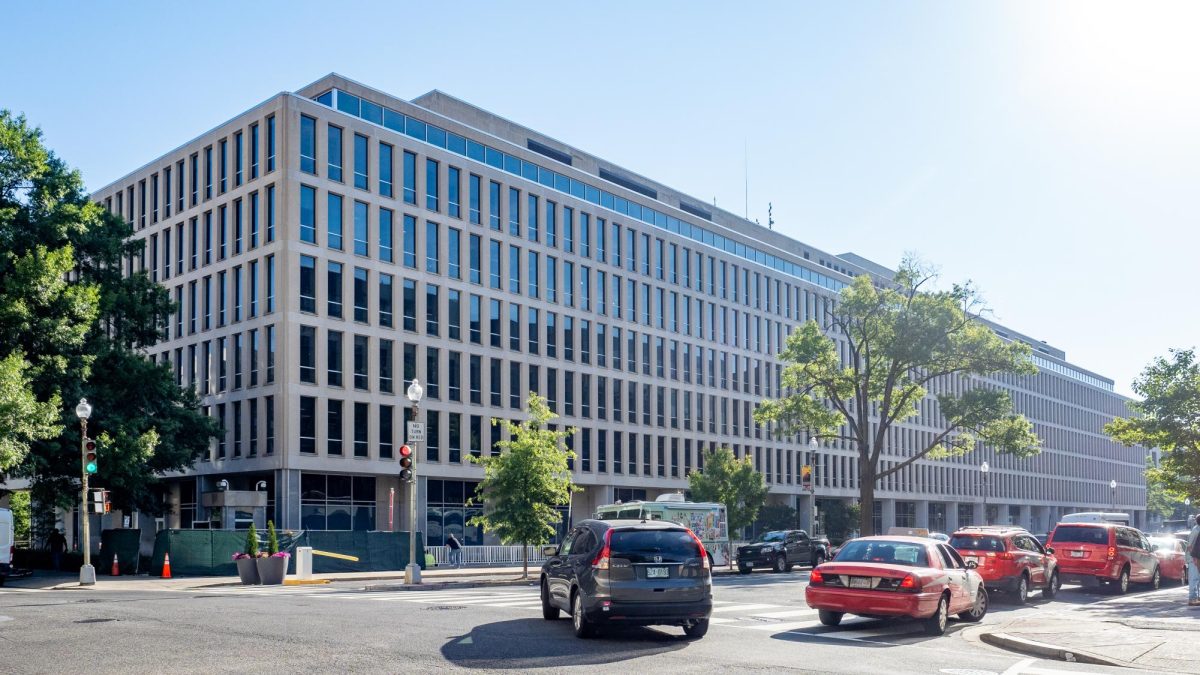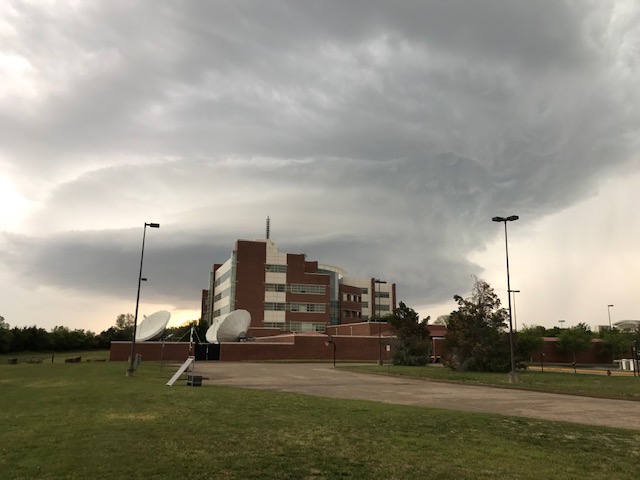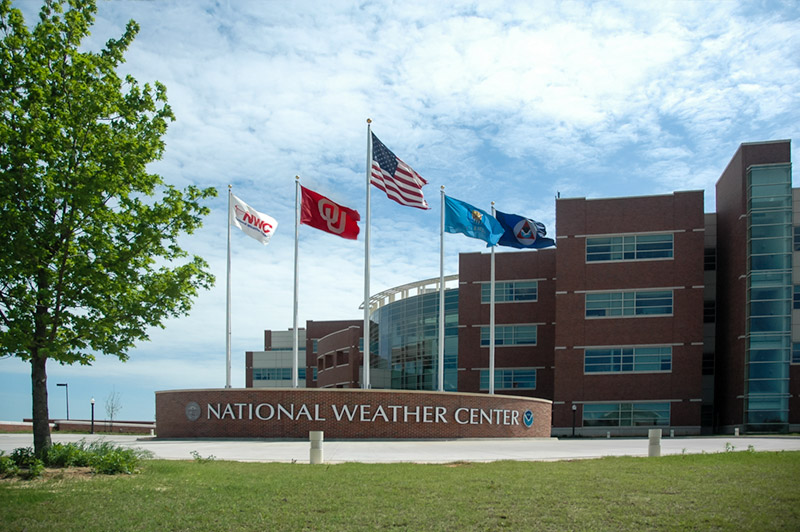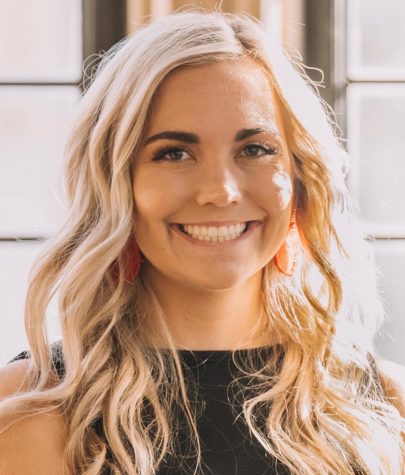WASHINGTON––Members of tribal nations across the country gathered at the Smithsonian National Museum of the American Indian on Saturday for the groundbreaking of the National Native American Veterans Memorial, a tribute designed by an Oklahoma artist.
Harvey Pratt, the designer of the memorial who was an agent with Oklahoma State Bureau of Investigations until retiring in 2017, was chosen from a pool of 413 artists to create the tribute to Native veterans.
“Once we made the final list, and I got to look at the other designs, I realized that mine was a little bit different than everybody else’s,” said Pratt. “I told my wife that I might have a good chance of winning this.”
Of the hundreds of artists who submitted designs, 120 made it to the second round, and only five designs made it to the final round.
Prior to designing the memorial, Pratt was a nationally-recognized forensic artist, completing thousands of composite drawings and witness descriptions, assisting in countless arrests, and spending over 50 years working for law enforcement. He is also a member of the Cheyenne and Arapaho Nations.

Pratt, who said he was a member of the first platoon in combat during the Vietnam War, was among dozens of Native American veterans at the groundbreaking.
Anthony Foerster, a veteran and member of the Pokagon Band of Potawatomi, said the memorial is a way to recognize the hardships and determination of Native American veterans.
“Our Native veterans have had more to do with our tribal nations than most people realize,” said Foerster. “They are strongly responsible for the United States government reaching out for recognition and reaffirmation.”
Despite the stark history of cultural assimilation and removal of Native tribes by the federal government, Foerster said Native American veterans have always been eager to fight for the United States.
“For them to be wearing the uniform of the United States Army and serving during a period of time when the United States Army was engaged in Indian wars out west is also phenomenal,” said Foerster.
When designing the memorial, Pratt said he recognized that all tribal nations are unique, but he wanted to create a tribute that would encompass the spirituality of all Native Americans across the country.
“The timelessness of this memorial is going to fit everybody,” said Pratt. “It fits our ancestors, it fits us now and it will fit us in the future.”
The design is in the shape of a circle, which Pratt said represents a hole in the sky. When veterans come to say prayers at the memorial, Pratt said the design shows that these prayers will go straight to a higher power.
Pratt, who said he never talked about his time in Vietnam after returning home, also said the memorial will be a forgiving place for veterans who may still carry guilt from their time in combat.
“It will be an honorable place, a powerful place and a forgiving place,” said Pratt. “That you may forgive yourself for the things that you did in the battle.”
The groundbreaking for the memorial took place on the 15th anniversary of the opening of the Smithsonian National Museum of the American Indian.
The dedication of the memorial is set to occur in November of 2020. The memorial will become the first national tribute to Native American war veterans in history.
Gaylord News is a Washington reporting project of the Gaylord College of Journalism and Mass Communication at the University of Oklahoma.

